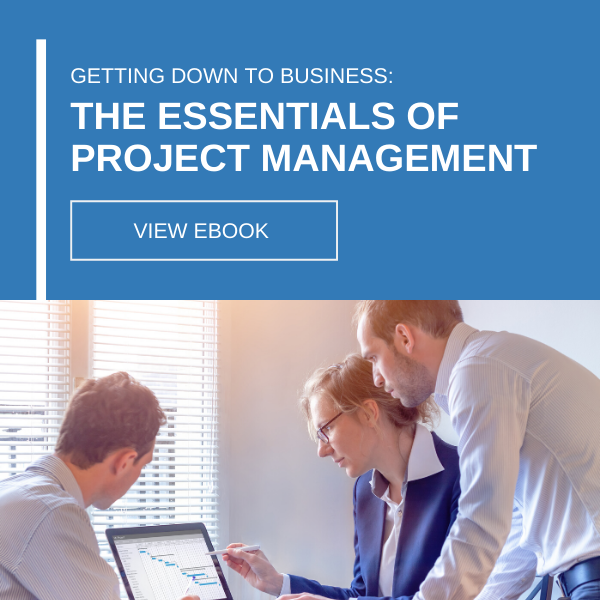
What is a Feasibility Study and Why Is It Important to a Project?
Starting a new project is an exciting time for our consultants because it involves deep learning. As we often say, we don’t just swoop in and offer conventional wisdom about how to streamline operations, find opportunities for greater efficiency, increase throughput, reduce costs, limit waste and everything else we do for our clients. Instead, we roll up our sleeves, dig in and get to know the business, the people from the corner office to the production line, and the scope of the job.
An early part of the process is the feasibility study, which typically takes two to three weeks to complete. What is a feasibility study, exactly, why is it important and how do we use it to determine our course of action for the project?
What is a feasibility study?
Simply put, a feasibility study investigates the needs and potential for success of a new project by assessing risks, costs, benefits and outcomes. It’s a comprehensive analysis we do at the outset of any project we undertake. It’s like saying, we’re at point A. What’s it going to take to get to point B? And how best to get there?
Why do we do it?
We perform feasibility studies because no matter how many projects we complete for similar clients, every situation is unique. Every company has its own operations, set goals, strengths, workplace norms, challenges, snags and obstacles to overcome. Even different facilities within the same organization can vary. It’s a key element in our pledge to never provide cookie-cutter solutions. We need to get into the core of a client’s business to see how (and whether) we can help.
Ultimately, it comes down to creating a roadmap for a company’s growth. It’s about looking at how operations run now and how they might be improved, what that change may mean to the company and what it’s going to take to achieve the desired outcome. And remember, it’s not always about challenges, obstacles or snags. Many of our clients want to grow from good to great or build on successes to take them to the next level. A feasibility study is the first step toward us helping them get there.
What does a feasibility study consist of?
In a feasibility study, we start by looking at where we are – the “As Is” current state.
End-to-end process evaluation. We look at client processes, resources, equipment, workflows, production capacity, supply chain considerations, and even scheduling and staffing.
Management Operating System (MOS) review. A solid MOS is a cornerstone for every company. We look at what kind of MOS is currently in place (if any) and how we might improve or implement it.
Data analytics. We’re big proponents of “managing by the numbers.” In this phase of the feasibility process, we look at what those numbers are at the outset of the project to get a baseline to move forward from. We analyze the data and ask questions. Can we improve on it? Are these numbers solid?
Real-time process observations. This involves getting out onto the shop floor and understanding how the job gets done today.
Measurability of operational and financial KPIs. Put another way, this is how we measure success and ROI. What’s it going to take to get to the desired outcome, how much time and effort will it take, and where does the client need to be at the end?
Development of a customized approach for change. The roadmap we talked about earlier? This is where it comes into play. By analyzing all of these elements, we can come up with the approach we will use to effect positive change within an organization. Does it mean new roles and responsibilities on the shop floor? Scheduling tweaks? Planning for an outage for maintenance? All of the above?
Building relationships within the client organization. This is a key element to how we work. Many consultants simply engage with the top brass. While that’s important, we feel it’s just as important to get buy-in from the employees doing the job day to day. They are the heart and soul of a company, and that heart needs to be beating in step with the changes we propose, or in the end, our efforts might fall flat. That’s why we get to know the people on the line early in the process during the feasibility study to establish a rapport with your team. This ensures higher success when the engagement shifts to the project phase.
In investigating those things and more, we come up with operational and organizational improvement recommendations. We identify best practices for moving forward and, just as important (maybe more so), we can see operating gaps and develop a plan for how to bridge those gaps.
With a solid feasibility study, we can move into the implementation phase. All systems are go, and we start enacting the changes side-by-side with your team. It’s a crucial step in creating successful results for our clients.
Interested in learning more about how USC sets the stage for effective process improvement projects? Contact us today so we can learn more about your specific needs.






